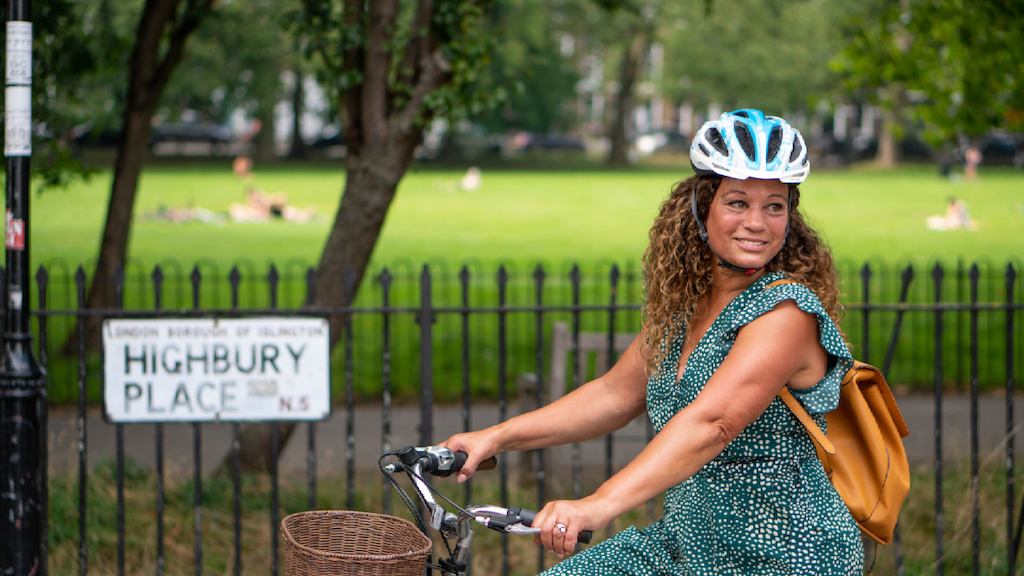The pandemic took many people away from public transport, while quieter roads and the rapid deployment of cycling infrastructure led to an increase in cycling that is evident in the NTS data. For example, the average annual number of trips by bike taken by 50–59-year-old men more than doubled from 18 in 2019 to 37 in 2020.
And yet there was no change in number of cycling trips made between 2002 and 2019. So, while the historical data suggests that there is a lot of work to do to improve uptake of cycling as a mode of active transport, the shift seen in the last year shows that it can be done, and what’s required now is to enact policies and initiatives that allow the 2020 uptick to be maintained and then to be increased even further. This will require the design of neighbourhoods with features that encourage active travel – especially cycling, which people are less likely to engage in than walking. This means well-maintained paths, cycle-paths that are separate from traffic and well-connected paths, streets and spaces that allow people to easily complete their journeys.
The NTS data for 2020, like our research project, suggests that we are ‘pushing at an open door’. But we need prompt action from a range of actors across the public, private and voluntary sector, local health systems and employers, so that this opportunity is not missed.


